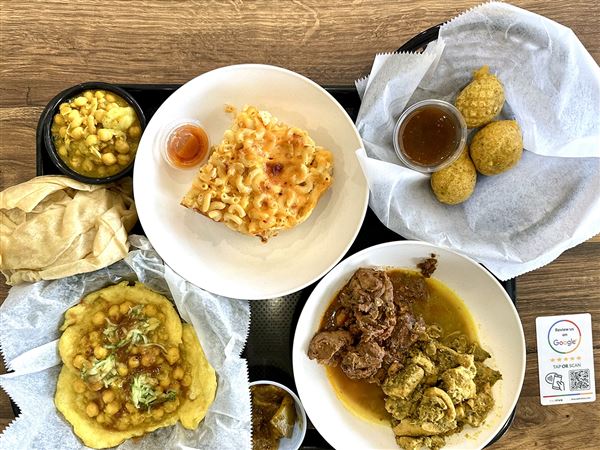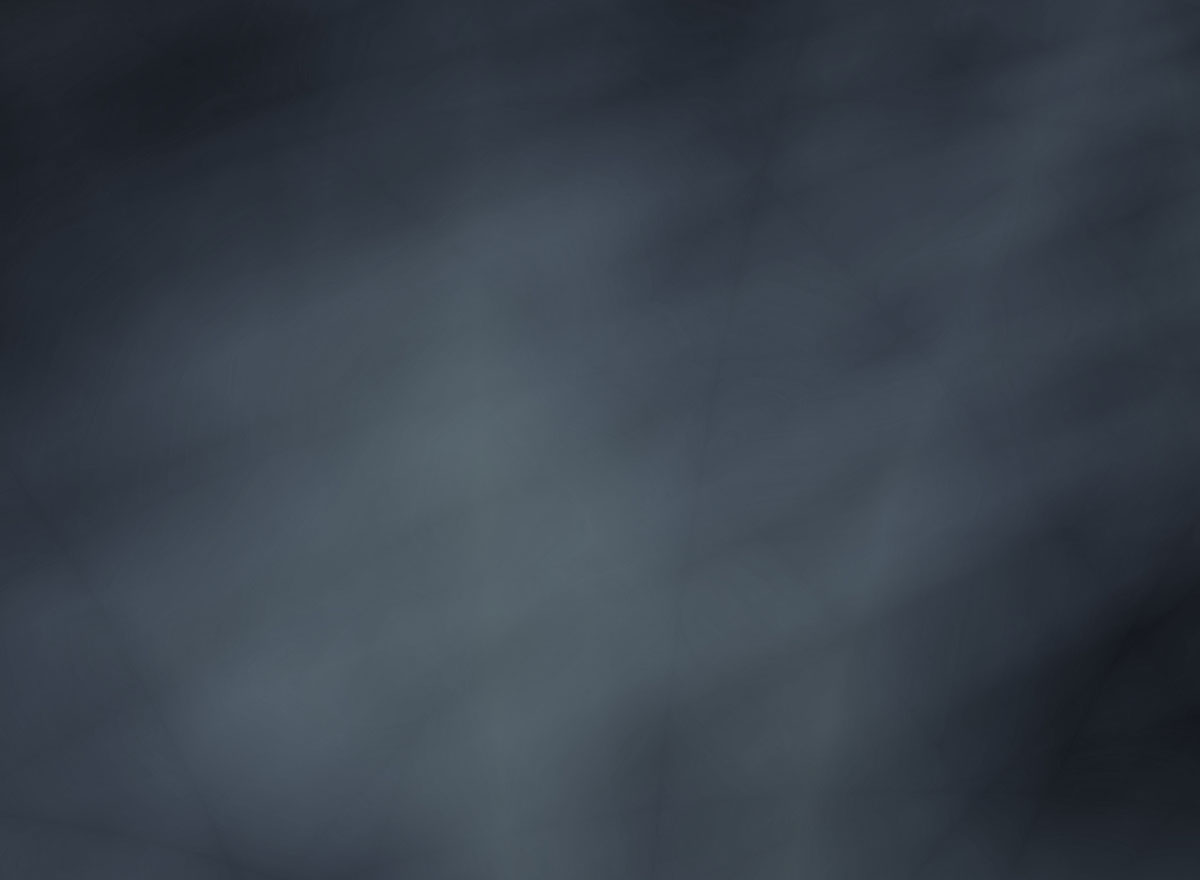Lest readers recoil at the problems of New Yorkers living on a dead-end block where the houses have appreciated so much “they constituted a lottery prize,” Anna Quindlen includes this reminder from her protagonist’s sister.
“ ‘No whining on the yacht.’ That’s what Christine always said when Nora complained about lousy food in first class, or a manicurist who had nicked her cuticle, or a luxury hotel.”
Random House ($28).
Nora Nolan is our guide through “Alternate Side,” Ms. Quindlen’s newest novel set largely on the Upper West Side, where spouses and neighbors can become irritants, retirees are lost without their jobs, pets are treated more solicitously than husbands or wives, and marriage evokes an AA prayer. “ ‘God, grant me the serenity to accept the things I cannot change.’ Or at least to move into a zone in which I so don’t care anymore and scarcely notice,” Nora thinks.
Even if you’ve never been to Times Square and have no opinion on secret nostalgia for its “nastier, scarier, dirtier” days, you may relate to the keen observational nuggets sprinkled throughout this book.
For instance, decades earlier when a friend mentioned age 40, it “had sounded then like another country, like they would need passports and language lessons to live there.” But Nora and husband Charlie made it to 40 and beyond and are the parents of twins about to graduate from college.
“Alternate Side” refers to street parking regulations, the split among neighbors after an attack (or, improbably, an accident) involving a volatile resident and a Spanish-speaking handyman, the economic dividing line slicing through New York and elsewhere, and the widening gap between a couple who cannot agree on where to live — for starters.
Nora is a museum president while Charlie is an investment banker. Is what unites them greater than what increasingly sets them at odds?
“Alternate Side” is Ms. Quindlen’s ninth novel, and she is the literary equivalent of baseball’s five-tool player. She won the Pulitzer Prize while a columnist at The New York Times, wrote a best-selling memoir titled “Lots of Candles, Plenty of Cake,” sold more than 1 million copies of “A Short Guide to a Happy Life,” and had two novels adapted into movies, one for TV and one for the big screen, earning Meryl Streep her 11th Oscar nomination.
Marriage, motherhood, money, aging, friendship, the perils and pleasures of residing in and trying to be seen as important in New York, and neighborhood ties that bind and build barriers all serve as building blocks for “Alternate Side.”
The flashes of insight often satisfy more than the story, set in a rarefied world of privilege and real-estate roulette winnings. Characters are house rich and cash comfortable enough to afford handymen and housekeepers.
Recalling details of a long-ago night with a college boyfriend, Nora realized “that was how life was, that certain small moments were like billboards forever alongside the highway of your memory.” Dinner parties, once competitive exercises eventually replaced by restaurant meet-ups, had been revived as showcases for men who had taken up cooking. “Everyone acted as though that were akin to Christ turning water into wine at Cana.” What a breezy, biting line.
“Alternate Side” is not only about the ripple effects of one violent act in one desirable block but also endings and tentative new beginnings. It’s the mature work of someone who knows marriages can be “happy, miserable and somewhere in between,” and the path from one to the other can be as unpredictable as a mudslide and just as irreversible.
I would not consider “Alternate Side” my favorite Quindlen novel (that would be “One True Thing,” partly due to its film version), but I would have tracked it down even if not reviewing and then passed it along to others. It creates a vividly realized community where the lines are drawn between owners and renters, the well off and the immigrants they employ, and couples and friends who share a history that may — or may not — be enough to keep them on the same side of the street.
Barbara Vancheri is the former movie editor of the Post-Gazette.
First Published: June 23, 2018, 4:00 p.m.
















